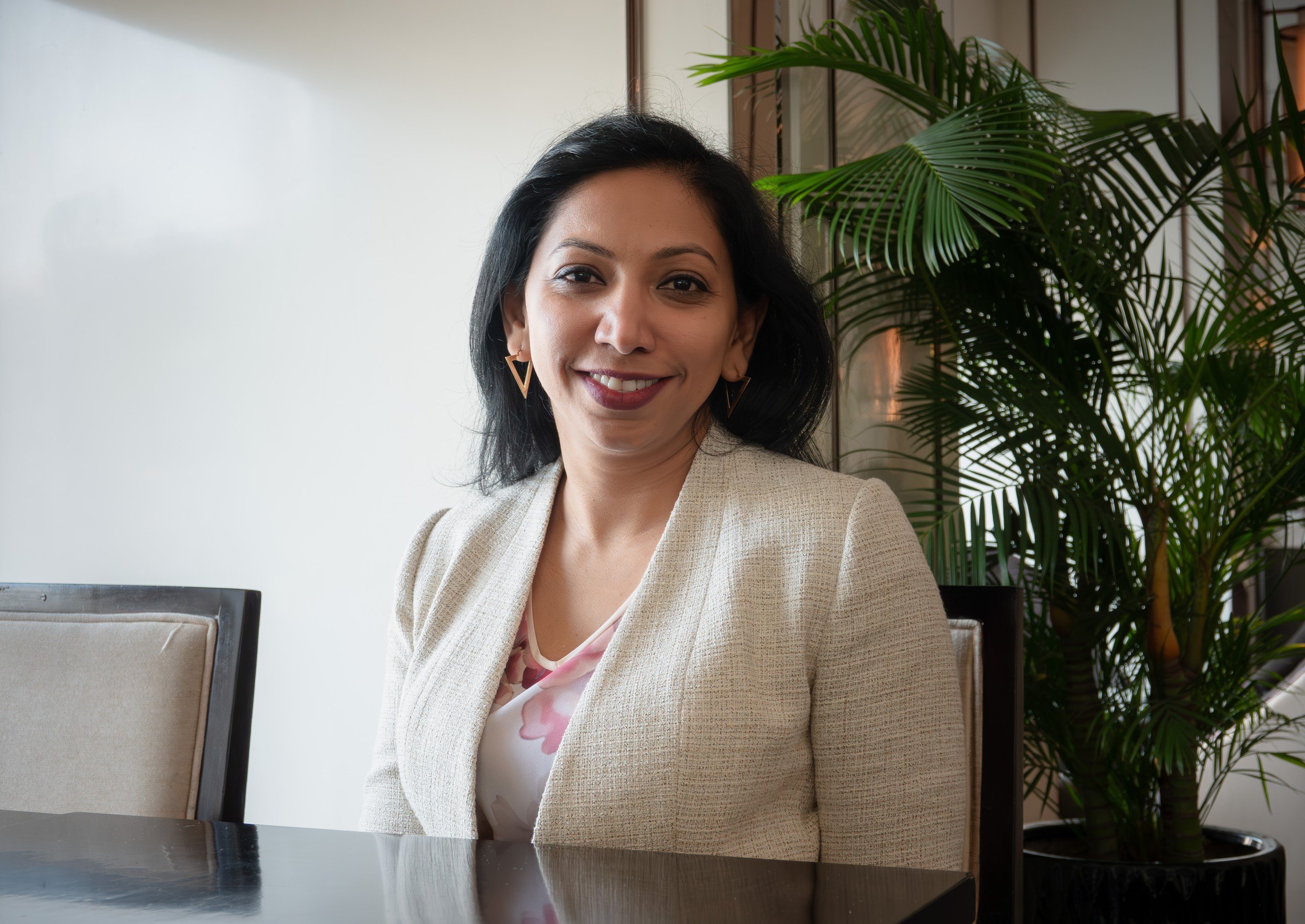
Ziena Jalil took on leadership roles at a young age, helping some of New Zealand's largest businesses build reputations and revenue, advising ministers and supporting young people in their professional careers.
As a prominent young leader in New Zealand, Ziena Jalil uses her diverse experience to deliver equity and opportunity for people of diverse backgrounds, abilities and experiences. She is a member of the Governance Advisory Boards of Education New Zealand (ENZ), Asia New Zealand Foundation and Toka Tū Ake EQC, and is the Director of Human Resources at Skills and Technology New Zealand.
Nhân dịp Quốc tế phụ nữ 8.3 và chuyến thăm của Thủ tướng Phạm Minh Chính tại New Zealand, bà Jalil đã chia sẻ với phóng viên Báo Thanh Niên về tầm quan trọng của cuộc vận động bình đẳng giới dưới góc độ giáo dục, làm cách nào để đào tạo học sinh trở thành công dân toàn cầu cũng như những cơ hội giáo dục mà xứ sở kiwi dành riêng cho người Việt.
The Essential Role of Women in STEM
PV: In recent years, gender equality has become a hot topic not only in Vietnam but also in other countries. What is your opinion on this?
Countries are at different stages of their journey towards gender equality. New Zealand was the first country to give women the right to vote, and we have had three female prime ministers . We also organised a number of activities on March 8 focusing on women’s leadership and empowerment. But this is not enough and we still have other aspects to work on.
When it comes to gender equality, STEM (science, technology, engineering, mathematics) is an area that needs special attention. Because, although this is the foundation that shapes the present and future world, we are witnessing more men in the industry than women. In terms of education, the number of boys studying STEM subjects also overwhelms girls, causing an imbalance. And this leads to many problems.
For example, when Volvo, a car company famous for its safety, conducted its crash tests, it discovered that women were more likely to be seriously injured than men in accidents. This was because the team of engineers and designers were predominantly male, so the test dummies and safety features on the cars were designed based on male anatomy.
Or you can see, men can easily put microphones in their clothes like jackets, pants pockets, but this is not possible with women's skirts, even though this is the equipment we constantly use in our daily reporting work. The above examples show that there are products and services that are not really suitable for women, especially in fields that lack female representation.
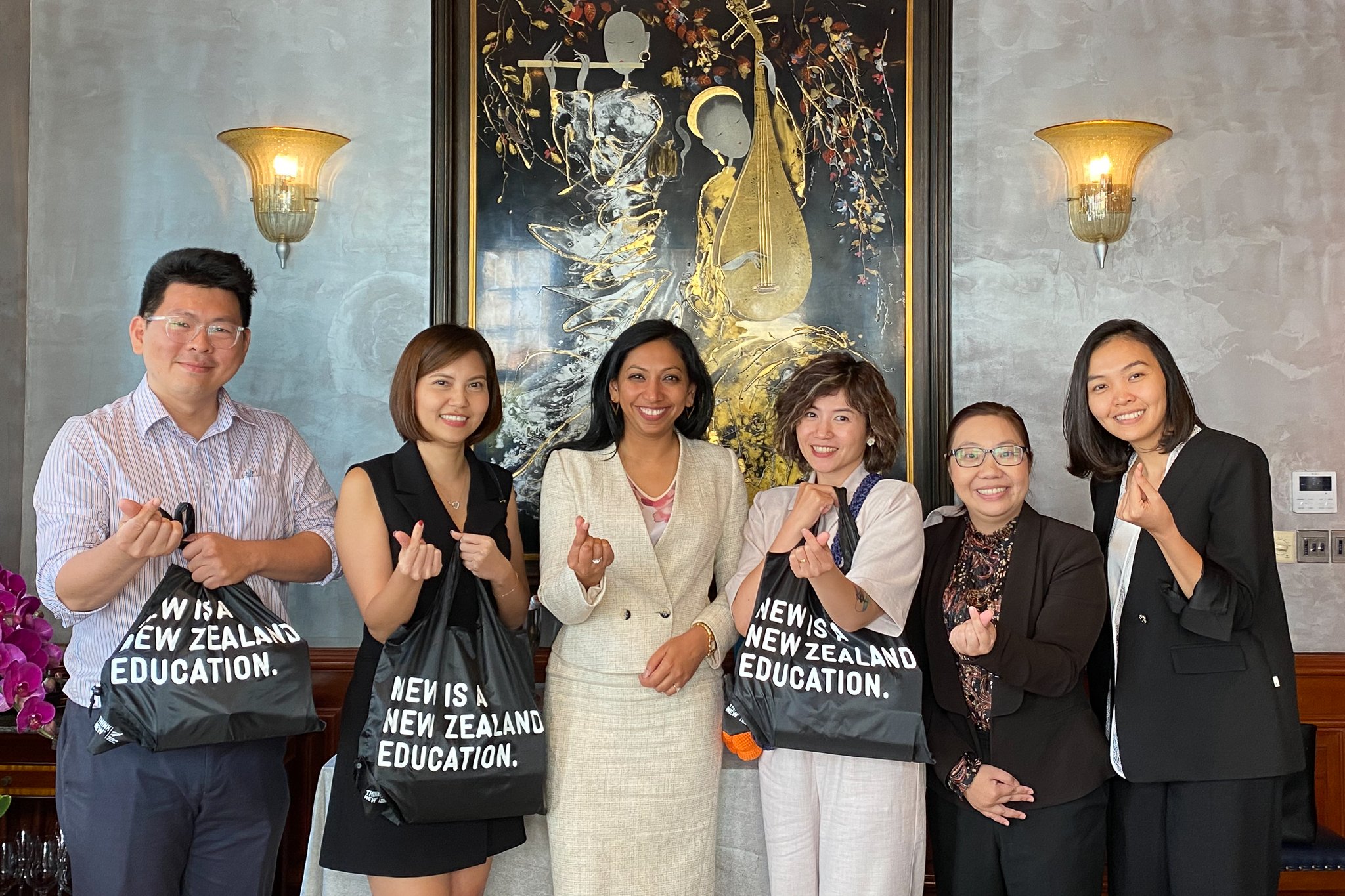
Ms. Ziena Jalil took a souvenir photo with New Zealand alumni
So, what should be done to narrow the STEM gap from an educational perspective, madam?
What needs to be done is to empower and demonstrate to girls that they can pursue long-term careers in STEM, through programs and scholarships specifically for women, thereby addressing the absence of women in STEM leadership roles. STEM education should also be organized to suit both genders, not just boys.
In particular, if female students have the opportunity to choose any career path they love, not only they and their families but also our society will benefit. Because the presence of women in the STEM field will help create new services and technologies that are available to everyone, not just suitable for the remaining half of the population. This is a huge difference.
Don't wait to study abroad to become a global citizen
Along with gender equality, global citizenship is also an issue of concern for many schools. What advice do you have for teachers and students?
Certainly, studying in another country, whether for a long term or just a few weeks, is a great way to gain global citizenship experience. But thanks to the internet and social media, today’s students have the world at their fingertips. They can follow events or admire their favorite celebrities wherever they are, and the Taylor Swift phenomenon is a clear example of this ability to connect across borders.
Teachers also play an important role, and the nature of the school – private, international or public – has no bearing on the ability to develop global citizens. For example, when my child went to a local primary school, the teacher organized online meetings with another class abroad. Children from different countries had the opportunity to meet, get to know each other, and eventually become pen pals.
Overall, there are many ways to gain international experience and become a global citizen. This is made easier by the fact that Vietnam is located in the heart of a dynamic economic and social region. It can be said that children in your country can live in an international environment from birth.
So, in your opinion, what are the criteria to become a global citizen?
First, it is important to clarify that global citizenship is a skill that can be acquired through practice. It requires us to see our identity beyond national borders, to address global issues such as climate change, rising sea levels, etc., and to find ways to address them through collaboration with citizens from other countries.
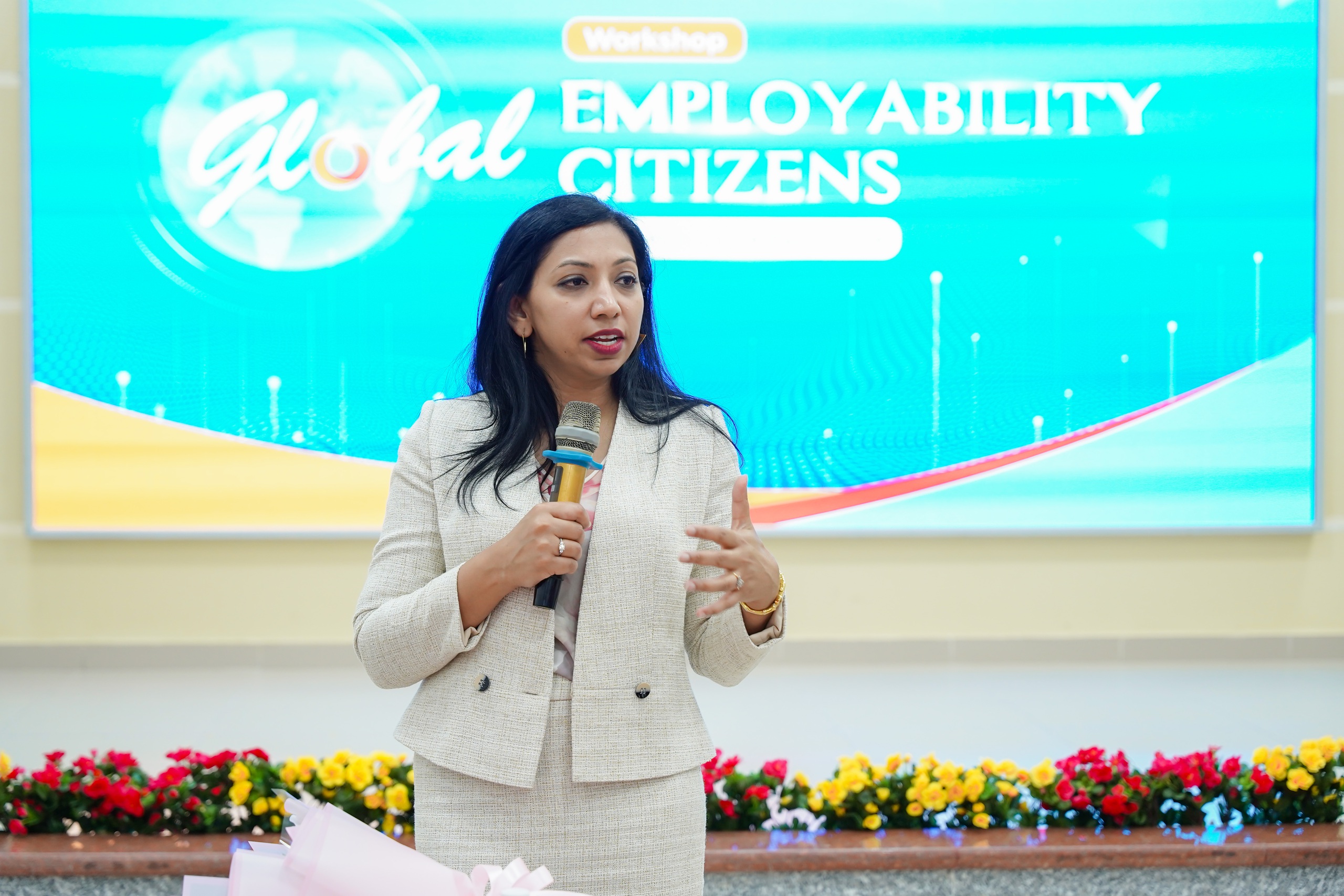
Ms. Ziena Jalil in a dialogue with Vietnamese students in early March 2024 on the topic of global citizenship
In other words, global citizens are people who understand and respect different cultures, are able to make friends and work with anyone, and always strive to change the world for the better. In Vietnam, this will be a particularly valuable skill as more and more multinational companies come to your country to invest, and they will need local human resources who can work alongside their staff.
Once again, I would like to emphasize that studying in an international education system is probably one of the easiest and fastest ways to become a global citizen. However, even if you do not have the opportunity to study abroad or attend training programs at foreign educational institutions in Vietnam, you can still proactively practice this skill and equip yourself to meet future jobs.
Education is where people-to-people exchanges between New Zealand and Vietnam begin.
On the occasion of Prime Minister Pham Minh Chinh's official visit to New Zealand, what is your comment on the educational cooperation opportunities between the two countries in the coming time?
In my opinion, education is where the people-to-people relationship between New Zealand and Vietnam begins and strengthens all other aspects of the relationship. We are actively supporting human resource training for Vietnam and every year, New Zealand welcomes many Vietnamese to study business, food technology, hospitality and even technology - an area where Vietnam is at the forefront.
In particular, the New Zealand government and our top 3% universities in the world have scholarship programs specifically for Vietnamese people, such as the New Zealand Government Scholarship for Secondary Education (NZSS). And in addition to creating conditions for Vietnamese people to access New Zealand education, we also hope that young New Zealanders will have the opportunity to learn about the culture, history and special qualities of the Vietnamese people.
Inspirational young female leader
Growing up in Fiji (an island nation in Oceania), Ziena Jalil attended Natabua High School and was a school representative. At the age of 16, she became a drug and substance abuse prevention trainer, represented South Pacific youth at the United Nations in the Netherlands in 1999, and was the only youth speaker at Fiji's first Youth Conference.
Ms. Jalil came to New Zealand to study and received a BA with distinction in media studies from Auckland University of Technology, followed by a MA with distinction in international relations and politics from the University of Auckland. The female leader has also been awarded a number of international awards for promoting New Zealand trade, investment and education in Asia, and was named by Campaign Asia Pacific 2020 as one of 40 outstanding women to watch in the Asia Pacific region.
Source link






![[Photo] Closing of the 13th Conference of the 13th Party Central Committee](https://vphoto.vietnam.vn/thumb/1200x675/vietnam/resource/IMAGE/2025/10/08/1759893763535_ndo_br_a3-bnd-2504-jpg.webp)

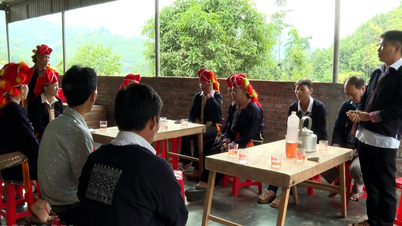

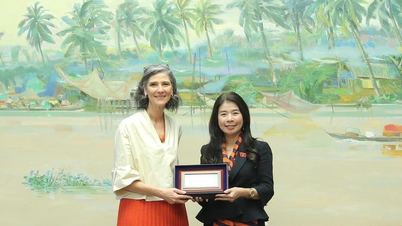

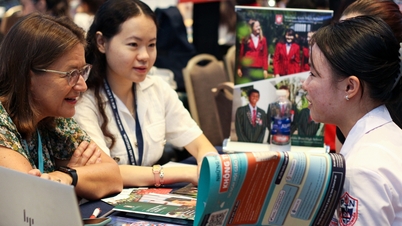




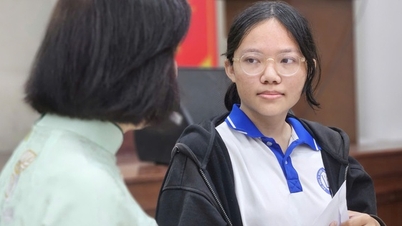




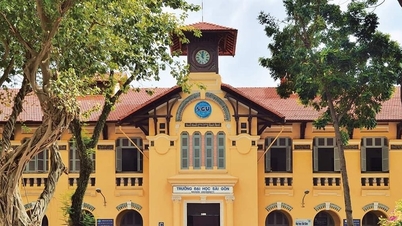

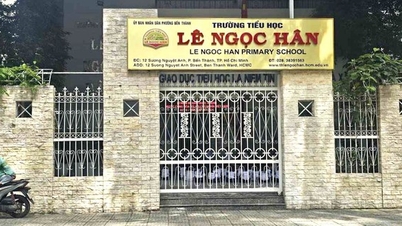
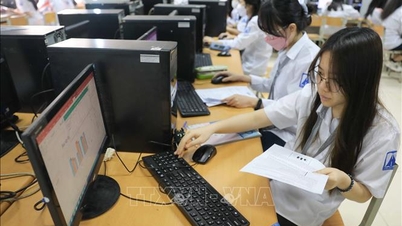






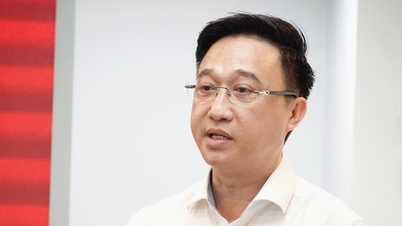



















































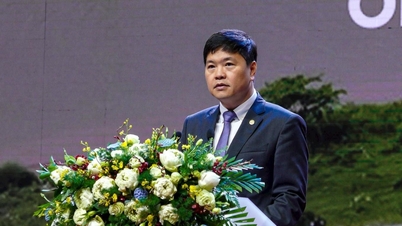










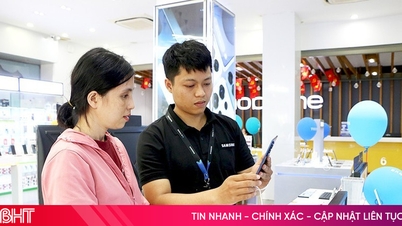


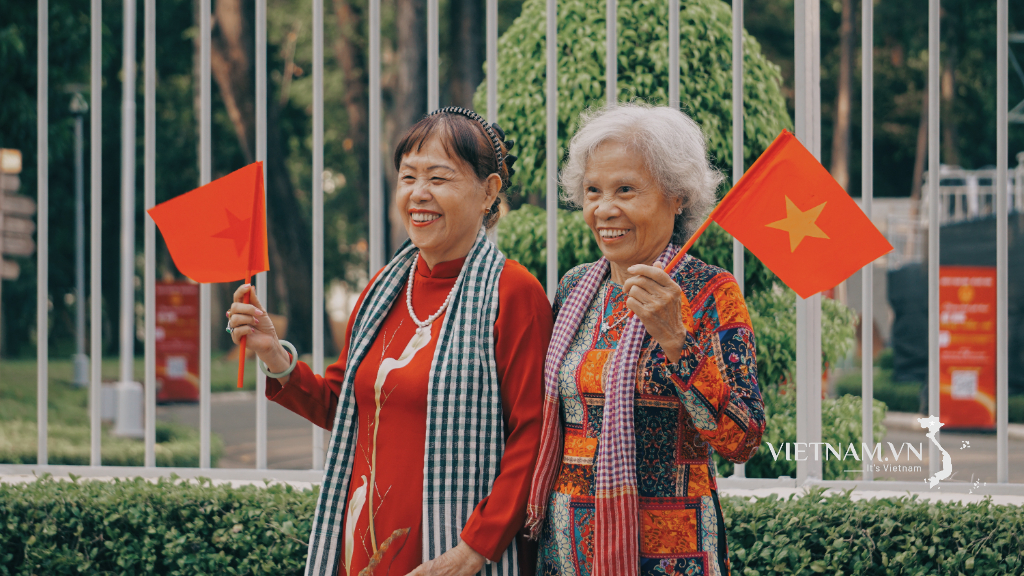



Comment (0)